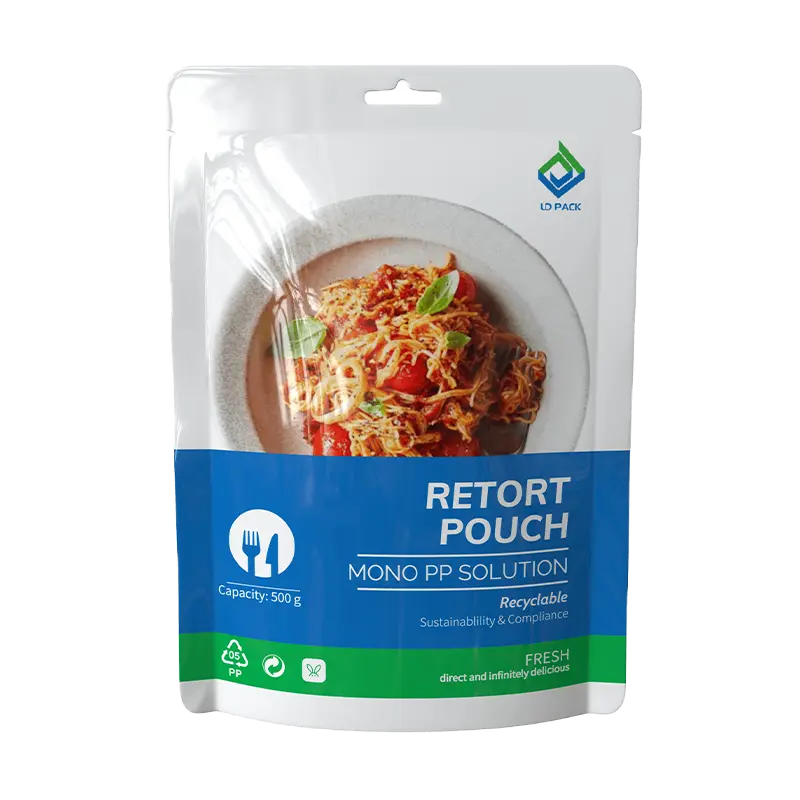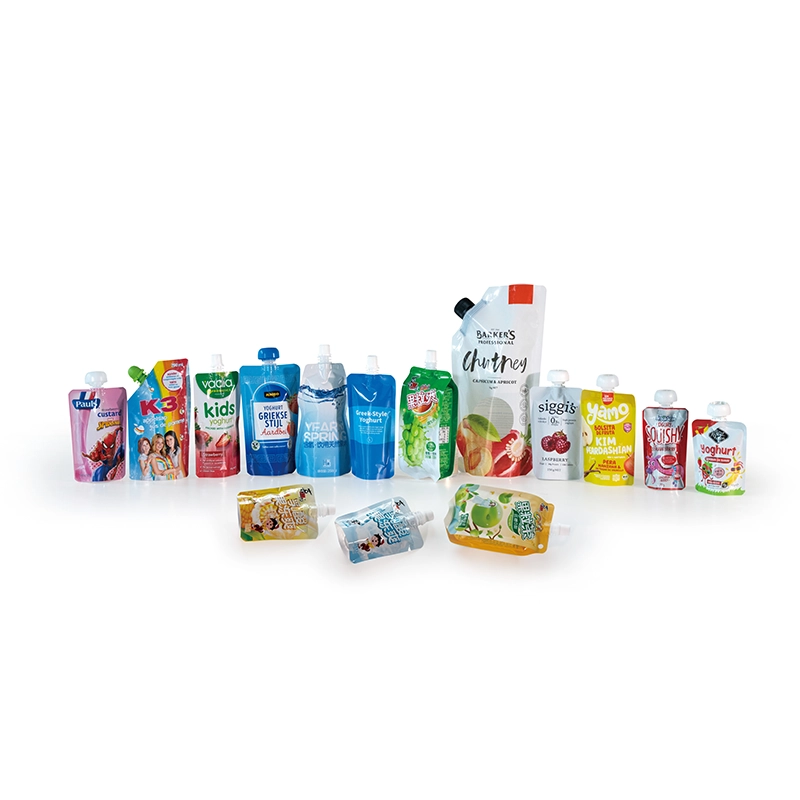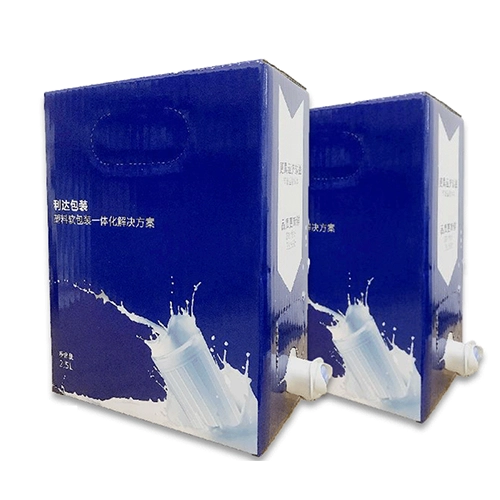Effect of Processing Temperature & Humidity on Dry Lamination
In addition to the environmental temperature and humidity, dry lamination products are also affected by the processing temperature and humidity, mainly including the setting temperature of machine and equipment, aging temperature and cooling temperature after aging.
1. Setting Temperature of Equipment
It is related to the setting temperature of drying box, preheating roll, heating roll and cooling roll etc, which will not be adjusted frequently under the stable ambient temperature and humidity conditions and the same volume of adhesive and coating. And the machine temperature setting will need some fine-tuning as the changes of glue type and coating volume. Moreover, fine-tuning is also requested to balance the adverse effect with the bad ambient temperature and humidity.
2. Aging Temperature
According to the characteristics of the glue, the laminated film structure, and the reaction process of glue after the laminated film is removed from the machine, under the condition of high temperature, the two-component glue molecules are fully cross-linked and fixed, and the glue layer changes from a fluid state to a solid state, and the firmness between laminated layers is fully improved.
3. Cooling Temperature
In the laminator, a cooling roll is commonly added after the heating roll, so as to accelerate the laminated film to room temperature conditions, shrink the expansion state of the adhesive layer, enhance the initial adhesion and facilitate the winding stability and avoid wrinkling. The other case is that after the laminated film comes out from the aging room, it is naturally cooled at normal temperature, so that the film performance stable, and it is convenient for the post-process under normal temperature conditions. Generally, the cooling time of the laminated film after aging varies from 4 to 48 hours, and if the aging conditions have a greater impact on the friction coefficient of the film, it may be requested cooling for more than 48 hours.




